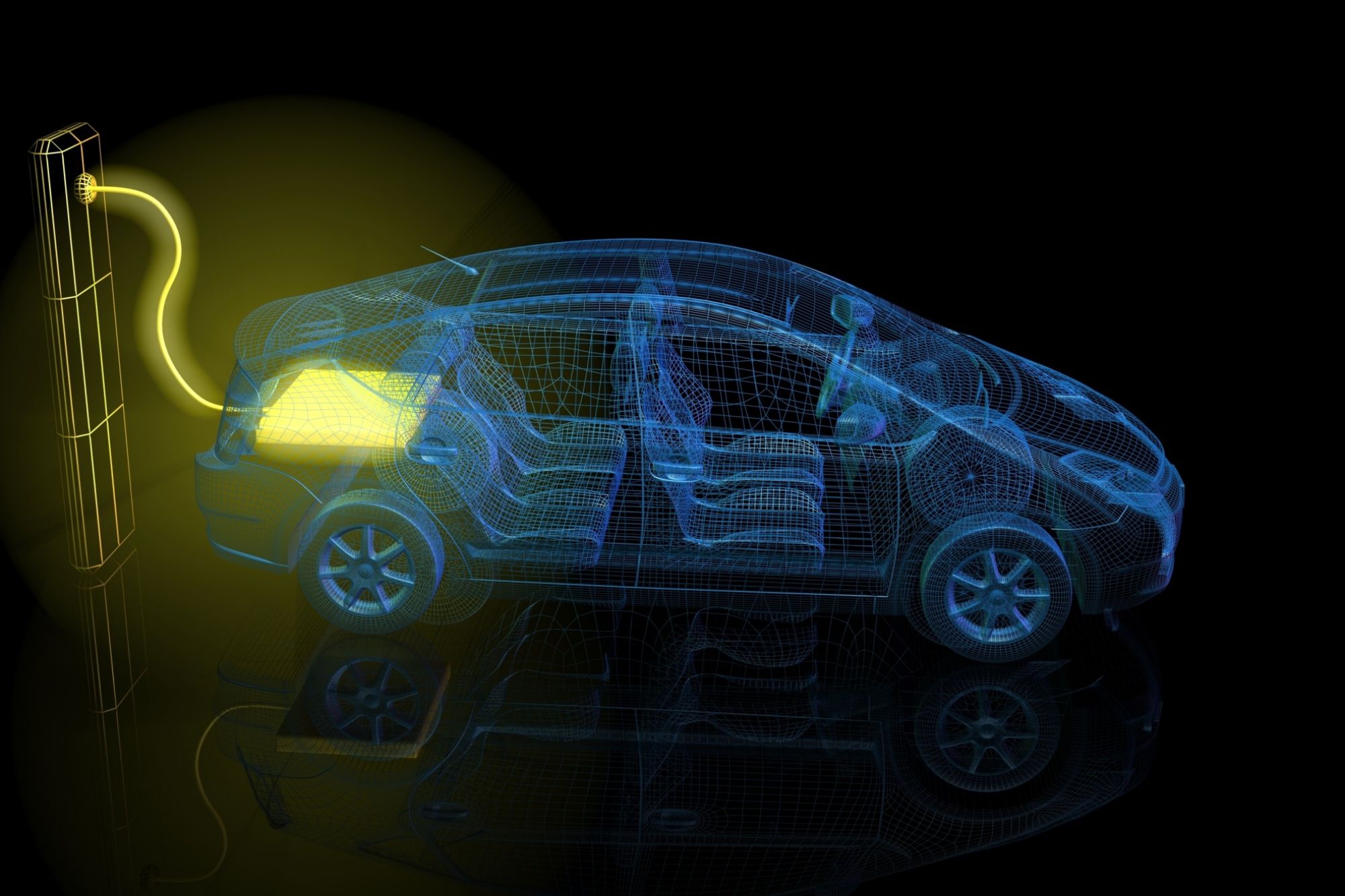Technological Innovation In the EV Market And Trends To Come Multiple agencies are not just working in favor of promoting the sales of low-emission vehicles but are also taking steps towards favorable policies
Opinions expressed by Entrepreneur contributors are their own.
You're reading Entrepreneur India, an international franchise of Entrepreneur Media.

If the past few years are anything to go by, the coming years should be exciting for technological innovations in the electric vehicles (EVs) space. EVs are gaining momentum and offering low to zero carbon transport options that the industry leaders are confident would soon be populating the roads worldwide.
The threats of global warming and pollution have accented the need to replace diesel- and petrol-fueled vehicles with emission-free substitutes. After many years of research, the auto industry has found EVs as the best substitute for internal combustion engine (ICE) vehicles.
The technological innovations and marketing efforts are growing with steady support from the government, auto manufacturers, as well as non-government organizations. These agencies are not just working in favor of promoting the sales of low-emission vehicles but are also taking steps towards favorable policies, charging infrastructure and financial support.
Support from government and evolving attitudes towards EVs has resulted in an increased demand for these green vehicles and lowered costs. Also, factors such as extended vehicle range and charging infrastructure have fueled the demand further. Here are some of the most promising technological innovations and trends.
Also Read: How Adopting Electric Vehicles Can Help One Embrace a Sustainable Mode of Transport
Charging Technology
Improvements in the charging technology will be one of the most exciting trends to watch out for in the EV market. As per a consumer research, range and charging time are two significant challenges compared with ICE vehicles, which are much more convenient for long-distance traveling.
Even though EVs are much more environmental-friendly, it is inconvenient having to charge them every few hours. To overcome this issue, auto manufacturers will have to work towards increasing the availability of charging infrastructure. Internationally, some companies are already working on supercharging stations and portable charging solutions.
Battery Tech
Progressions in battery technology have been very slow, and it seems like Lithium-ion is here to stay for some more years. Though, there are improvements under process in the cell chemistry, cathode and anode materials and fabrication process, which should reduce the cost of the battery very soon.
Also, there are some exciting developments in the field of alternative for Lithium-ion in progress. Solutions such as aluminum-graphite, graphene-polymer, micro-capacitors, miniaturized solid oxide fuel cells and sodium-based alternatives could soon be replacing Lithium-ion in the future.
Autonomous Driving
Globally, many EV companies are already taking a big leap towards autonomous driving to make it a reality in the near future. Autonomous driving technology will not only make long-distance drives more comfortable but also make driving much safer. It will reduce accidents on the roads that result from driver distraction, reduce traffic congestion and offer increased access to seniors and people with disabilities.
Automated driving systems could also impact the public's pockets in many ways, besides reducing the number of crashes they would also reduce medical bills, money spent on vehicle repair and even the cost of insurance. Autonomous driving would offer the convenience of dropping the riders at their destination and self-parking.
Also Read: Opportunities and Threats Faced by the Indian Auto Accessory Market
The Future of Electric Vehicles
With the advancements in EV technology and infrastructure, the number of this type of vehicles will continue to grow. While it is a fact that the number of charging stations is sparse at the moment, but the charging infrastructure is growing nationally. Research and development people are also actively working on solutions to increase the capacity of EVs and decrease their production costs. These advancements will help bring down the price of the vehicles and improve their travel range.
Besides the expansion of charging stations, there is also a need to bring advancements in public transit options to provide transportation to and from charging stations. Upon overcoming these challenges, there sure will be a drastic expansion of EVs.










